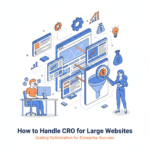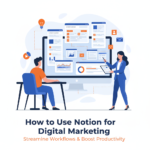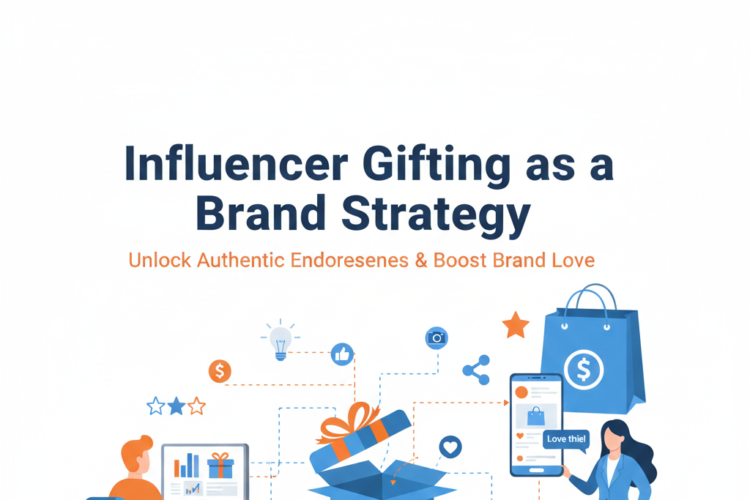
How to Leverage Influencers for Cause Marketing
Table of Contents
-
Introduction
-
What is Cause Marketing?
-
Why Influencers Are Powerful for Purpose-Driven Campaigns
-
Choosing the Right Cause and the Right Influencer
-
Types of Influencer Partnerships in Cause Marketing
-
Crafting the Message: Authenticity Above All
-
Platforms Best for Cause-Driven Influencer Campaigns
-
Measuring Impact: KPIs for Purpose
-
Potential Pitfalls and How to Avoid Them
-
Real-World Examples of Cause Marketing Done Right
-
Final Thoughts: Doing Good While Growing
1. Introduction
Today’s consumers—especially Millennials and Gen Z—expect brands to stand for something beyond profits. They want businesses to be active participants in social good. Enter cause marketing—and when paired with influencers, it becomes a powerful force for impact and awareness.
This guide will show you how to strategically and authentically collaborate with influencers to promote causes while strengthening brand equity.
2. What is Cause Marketing?
Cause marketing is a collaboration between a for-profit business and a nonprofit or social cause that benefits both parties:
-
The cause gains visibility and support.
-
The brand builds goodwill, engagement, and loyalty.
When executed ethically, it creates shared value: marketing with meaning.
3. Why Influencers Are Powerful for Purpose-Driven Campaigns
Influencers bring:
-
Credibility: Their audiences trust their voices.
-
Reach: They expand your message beyond your brand’s channels.
-
Relatability: They translate your cause into personal stories.
-
Emotional resonance: They humanize the impact, making it real and urgent.
“Influencers help brands become part of the conversation, not just sponsors of it.”
4. Choosing the Right Cause and the Right Influencer
🔹 1. Pick a Cause That Aligns With Your Brand
-
Relevance is key. If your brand sells outdoor gear, environmental causes make sense.
-
Authenticity matters—don’t just jump on trending causes.
🔹 2. Choose Influencers With Real Passion
-
Look for past support of the cause.
-
Prioritize values alignment over follower count.
-
Micro-influencers often have more trust and higher engagement.
Checklist to Vet Influencers:
-
Past content related to social issues
-
Audience sentiment in comments
-
Diversity and representation
-
Willingness to disclose partnerships transparently
5. Types of Influencer Partnerships in Cause Marketing
✅ 1. Storytelling Campaigns
-
Influencers share their personal connection to the cause.
-
Ideal for awareness and education.
✅ 2. Fundraising Collaborations
-
They encourage followers to donate through links or swipe-ups.
-
Incentives like giveaways can increase participation.
✅ 3. Product Tie-ins
-
A portion of sales from a limited edition product goes to a cause.
-
Influencers promote the product and explain its impact.
✅ 4. Event or Challenge Participation
-
Influencers take part in a walkathon, live event, or viral challenge.
-
They encourage their communities to join or support.
✅ 5. Long-Term Advocacy
-
Not a one-off post—an ongoing relationship that builds credibility.
-
Best for deep engagement and impact storytelling.
6. Crafting the Message: Authenticity Above All
-
Avoid over-branding. Let the cause—and influencer—lead.
-
Use real stories, not just slogans.
-
Highlight impact: “Here’s what your donation does.”
-
Allow room for the influencer’s voice and creativity.
-
Be transparent: disclose sponsorships and where donations go.
Key Message Formula:
💡 “Why this cause matters → What the brand is doing → How YOU can help → What difference it makes.”
7. Platforms Best for Cause-Driven Influencer Campaigns
| Platform | Strength in Cause Marketing |
|---|---|
| Visual storytelling, link stickers, Reels | |
| TikTok | Viral challenges, raw emotional content |
| YouTube | Long-form stories, docu-style impact content |
| X (Twitter) | Advocacy threads, real-time movements |
| Professional credibility for B2B cause ties |
Pro tip: Use a multichannel approach to maximize reach and emotional touchpoints.
8. Measuring Impact: KPIs for Purpose
It’s not just about conversions—it’s about connection. Still, you need to track performance:
Quantitative Metrics:
-
Reach and impressions
-
Engagement rate (likes, shares, comments)
-
Click-through rate to donation/product page
-
Funds raised
-
Number of new followers or sign-ups
Qualitative Metrics:
-
Sentiment analysis in comments
-
PR mentions and backlinks
-
Testimonials or stories submitted
-
Brand perception surveys
Track both short-term buzz and long-term sentiment shift.
9. Potential Pitfalls and How to Avoid Them
| Mistake | What to Do Instead |
|---|---|
| Cause-washing | Pick a cause you actively support, not just trend-follow |
| Misaligned influencers | Vet deeply for values and history |
| Over-branding the message | Put the cause and community at the center |
| Lack of transparency | Always disclose sponsorships and donation details |
| One-and-done campaigns | Build long-term partnerships for credibility |
10. Real-World Examples of Cause Marketing Done Right
🌱 REI – #OptOutside
-
Closed stores on Black Friday to encourage nature time.
-
Partnered with outdoor influencers to promote environmental responsibility.
-
Long-term commitment, not a one-off.
🎗️ Fenty Beauty – Inclusivity & Mental Health
-
Regularly partners with mental health advocates and LGBTQ+ influencers.
-
Doesn’t just promote—it educates and donates.
🧡 Ben & Jerry’s – Social Justice
-
Works with activists and creators on racial justice issues.
-
Puts the message above the brand—then earns loyalty in return.
11. Final Thoughts: Doing Good While Growing
Influencer-driven cause marketing is more than a trend—it’s a trust-building tool in an age of authenticity.
By aligning your brand with influencers who genuinely care, and putting the cause above the campaign, you’ll create content that resonates, spreads, and truly makes a difference.
✍️ Key Takeaways:
-
Choose causes and creators that align with your values.
-
Craft emotionally rich, story-driven campaigns.
-
Let influencers speak in their own voice.
-
Be transparent, consistent, and impact-driven.
Author



